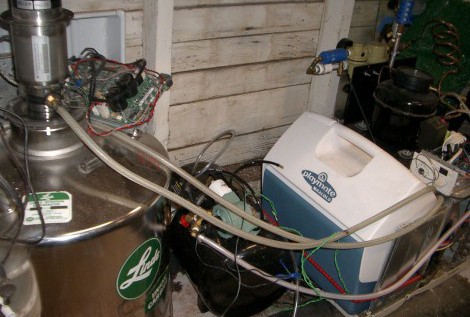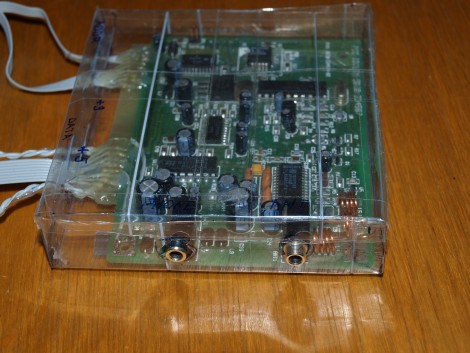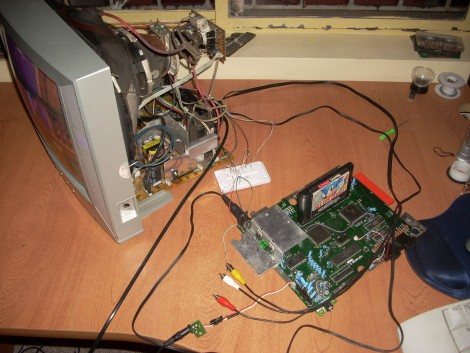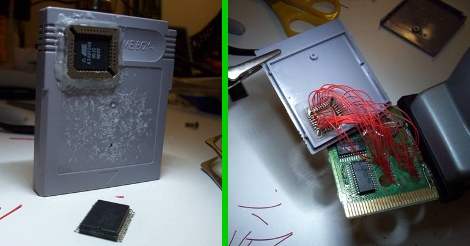If you’ve got some time to scour eBay and $500 sitting around you can build your own liquid nitrogen plant. [Ben Krasnow] figured it all out for you and estimates he can produce a liter of the stuff for around $1.15. The process depends on a membrane to separate nitrogen from the other materials in the air around us and a cryocooler to get the gas cold enough to condense into a liquid. Other than atmospheric air, you need to pump in electricity. About 9.6 kWh per liter… yikes! Is your human hair solar panel up to that?
Anyway, once you’re up and running you can make yourself some ice cream or possibly save the world from oily destruction.
[Thanks Chris]
















